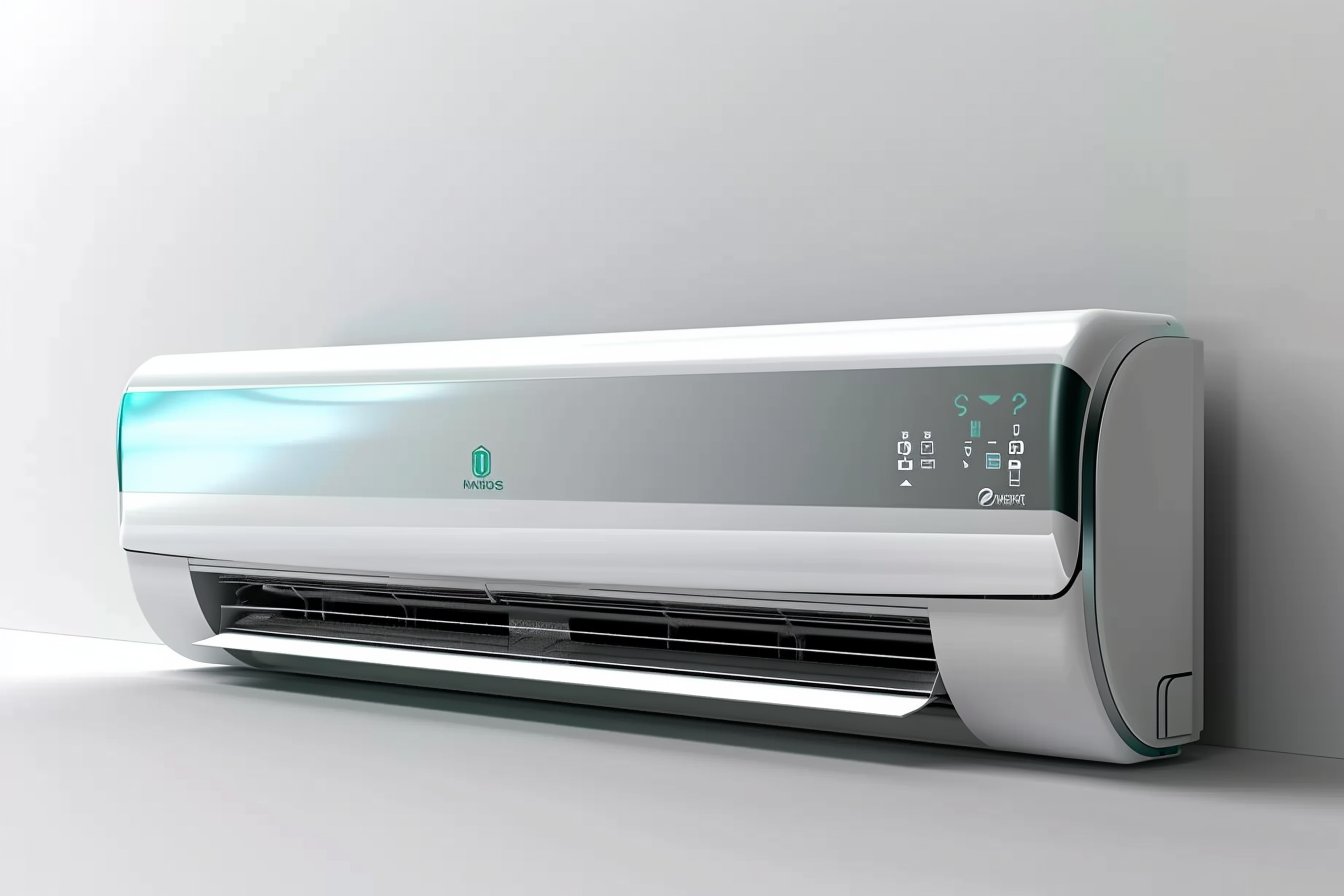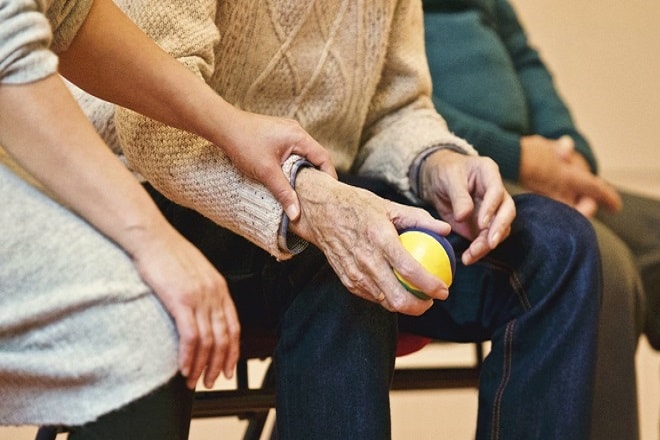Light Therapy: A Bright Approach to Whole-Body Wellness
From ancient civilizations worshipping the sun to modern-day research exploring our biological response to light, the relationship between light and health has always been a captivating topic. Though often overlooked, the impact of light on our well-being extends far beyond Vitamin D synthesis. This article delves into the fascinating world of light therapy, its historical roots, contemporary trends, and proven health benefits.

A Journey Through History
Light therapy, also known as phototherapy, has been practiced for centuries across the globe. Ancient Egyptians revered the sun for its healing properties, using sunlight to treat a variety of ailments. Fast forward to the 19th century; Danish physician Niels Ryberg Finsen won the Nobel Prize for his work on phototherapy in treating diseases like lupus and smallpox. Modern light therapy, however, has become increasingly sophisticated, integrating cutting-edge scientific insights to enhance its efficacy.
The Science of Light Therapy
Light therapy operates on a simple yet powerful premise: exposure to specific wavelengths of light can trigger various biological responses. For instance, sunlight’s blue wavelength is known to suppress the production of melatonin, a hormone that regulates sleep. This discovery led to the development of light therapy devices designed to treat seasonal affective disorder (SAD) and insomnia.
The Spectrum of Health Benefits
Light therapy’s potential extends beyond sleep and mood disorders. Research indicates that it can accelerate wound healing, alleviate chronic pain, and even improve skin health by stimulating collagen production. Red and near-infrared light therapy, in particular, have shown promising results in reducing inflammation and oxidative stress, two key drivers of many chronic diseases.
Navigating the Challenges
Despite its potential, light therapy is not without challenges. The efficacy of treatment hinges on precise parameters like light wavelength, intensity, and exposure duration - factors that vary across individuals and conditions. Furthermore, while light therapy devices are increasingly available for home use, their quality and safety can be inconsistent.
A Bright Future
As our understanding of light therapy deepens, so too does its potential applications. From mental health to physical recovery, the possibilities are vast and exciting. But as with any health practice, it’s essential to approach light therapy informed and cautiously, ideally under expert guidance.
Light Up Your Health: Quick Facts and Tips
- Morning exposure to bright light can help regulate sleep-wake cycles, particularly for those struggling with insomnia or jet lag.
- While light therapy can be a useful tool, it’s crucial not to overlook the importance of natural sunlight. Aim for at least 30 minutes of sun exposure daily.
- If considering a home light therapy device, research the product thoroughly and consult a healthcare professional.
In essence, light therapy offers a novel and non-invasive way to enhance our well-being, rooted in our intrinsic biological response to light. As we continue to explore this promising therapeutic avenue, one thing is clear: the future of health and wellness does indeed look bright.




